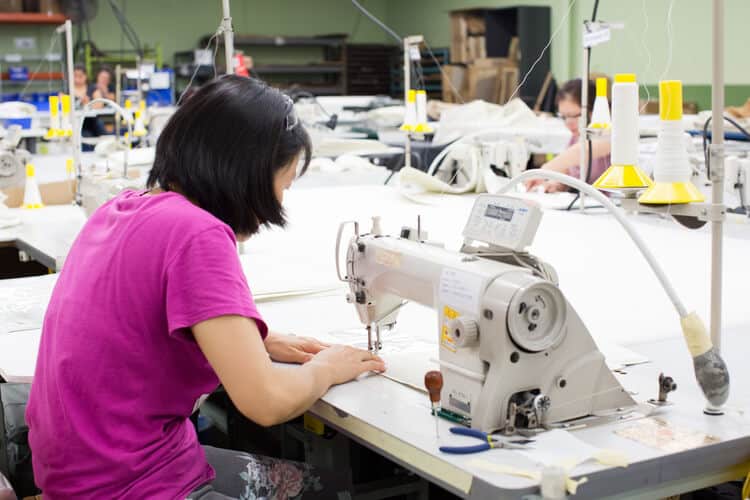What is Textile Engineering and How Does It Work?

Industrial sewing and heat sealing are directly adjacent to, and often rely on, the hard work of engineers who specialize in the flexible materials used in the many products created on Vinyl Technology’s manufacturing floor. The way we know what works for so many applications is not through trial and error but because of research and experimentation. Textile engineering is a key component of the industrial sewing industry.
What Is Textile Engineering?
Textile engineering is the study and application of textiles, which includes a truly massive variety of materials. The word “textile” commonly refers to a woven or spun network of overlapping threads, like the kind used in clothes. But this is only scratching the surface of the many kinds of fabrics studied in textile engineering. A textile engineer also uses plastic, vinyl, and other substances in their work, helping to design uses for medical products, fuel bladders, and lots more. Broadly speaking, industrial sewing and textile engineering both deal with any material that is flexible and non-rigid.
What Does a Textile Engineer Do?
If textile engineering is the study of fabrics, it only follows that a textile engineer is studying how those fabrics work. This is important work for an industrial sewing company, because it is through research like this that we learn what fabrics work best for the implementations that matter most to the work we do at Vinyl Technology.
How Does Textile Engineering Work?
Textile engineering is a subset of mechanical engineering, so many of the principles are similar. The study of textile engineering involves designing and creating fabrics. This often includes the equipment and materials needed for fabrication. Engineering of textiles includes determining the best ways to develop fibers, process raw materials, and ensure accurate production.
Textile engineering doesn’t just involve the use of existing materials but the development of altogether new ones. Textile engineers are discovering high-tech new methods of creating barriers and effective structures that do not follow the same rules as rigid structures or devices. Some of these futuristic uses include technology that can transfer the energy created by physical movement, or convert sunlight into electricity. No matter what the future holds, fabrics will continue to become stronger, cheaper, and more durable.
For more information about how Vinyl Technology can help you, get in touch with us today.
